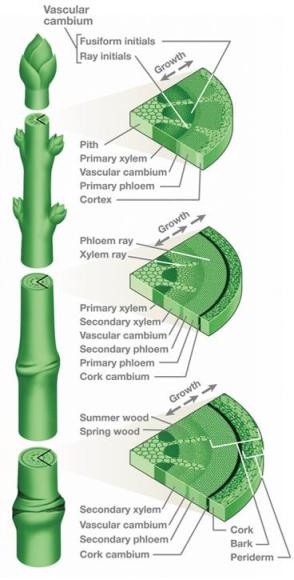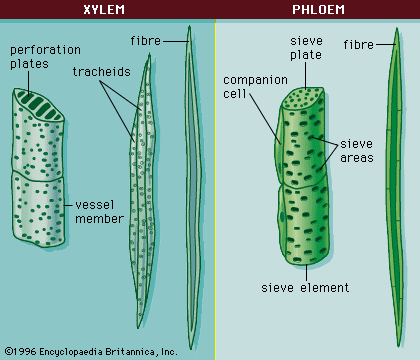Nutrition
Erythroxylum coca is a phototrophic autotroph, also
known as photoautotroph, which means that it generates it's own
food through a process called photosynthesis. Photosynthesis
happens in two distinct phases in the chloroplast, the light
dependent and the light- independent reactions. The
light-dependent reaction is the first stage of photosynthesis,
and in this stage energy from light reacts with the chlorophylls
inside the chloroplasts to make energy-storage molecules ATP and
NADPH. Those two molecules are used in the light-independent
reaction to drive the reduction of carbon dioxide to make more
useful molecules, such as glucose, and produce oxygen as a
byproduct.
independent reactions. The
light-dependent reaction is the first stage of photosynthesis,
and in this stage energy from light reacts with the chlorophylls
inside the chloroplasts to make energy-storage molecules ATP and
NADPH. Those two molecules are used in the light-independent
reaction to drive the reduction of carbon dioxide to make more
useful molecules, such as glucose, and produce oxygen as a
byproduct.
Vascular plants, such as our coca plant, have two major transport tissues
that help distribute nutrients and water across the organism.
First of these tissues is the xylem, which is made up of dead cells placed
end to end, forming long channels for water and dissolved minerals (or xylem
sap) to move from
upwards from the roots of the plant. In order to get to the xylem, water and
minerals first enter the plant through modified root cells called the root
hairs, then cross the root cortex, the endodermis, and pass the stele. From
there, water and dissolved minerals get transported to the top of the plant
via water cohesion and the change in water potential exerted by
transpiration of the leaves.
 The second tissue that helps distribute nutrients across our plant is the
phloem. In angiosperms, the phloem is composed of chains of cells called
sieve-tube elements. The aqueous solution (or phloem sap) that flows in the
phloem is generally composed of sugars, amino acids, hormones, and minerals. Unlike the flow of xylem sap, phloem sap moves from the parts of sugar
production (sugar source) to parts of sugar storage and use (sugar sink).
Sugar sources are usually the organ of the plant that's responsible for
sugar production, either by photosynthesis or starch breakdown, while sugar
sinks are plant organs that consumes or deposits the sugars produced by the
sugar source. Sugar sinks are
The second tissue that helps distribute nutrients across our plant is the
phloem. In angiosperms, the phloem is composed of chains of cells called
sieve-tube elements. The aqueous solution (or phloem sap) that flows in the
phloem is generally composed of sugars, amino acids, hormones, and minerals. Unlike the flow of xylem sap, phloem sap moves from the parts of sugar
production (sugar source) to parts of sugar storage and use (sugar sink).
Sugar sources are usually the organ of the plant that's responsible for
sugar production, either by photosynthesis or starch breakdown, while sugar
sinks are plant organs that consumes or deposits the sugars produced by the
sugar source. Sugar sinks are
generally growing roots, new buds, stems, and fruits.
Click here to learn
about another vascular plant, ubus spectabilis.
Quite often, Erythroxylum coca forms a mutualistic relationship with a lichen, a combination of algae and fungus growing in symbiosis. While the coca bush provides lichen with a home, the lichen equally contributes to the relationship by providing the plant with essential nourishment and food from the chlorophylls of the algae and the mycelium of the fungus. Coca plants that share a mutualistic relationship with lichens produce more cocaine alkaloids within the leaves due to the prevention of transpiration by the coca bush.
If you want to learn more about the transpiration and cohesion mechanism or about movement of xylem and phloem saps, click here.
Continue to Reproduction
Return to Adaptation
Return Home